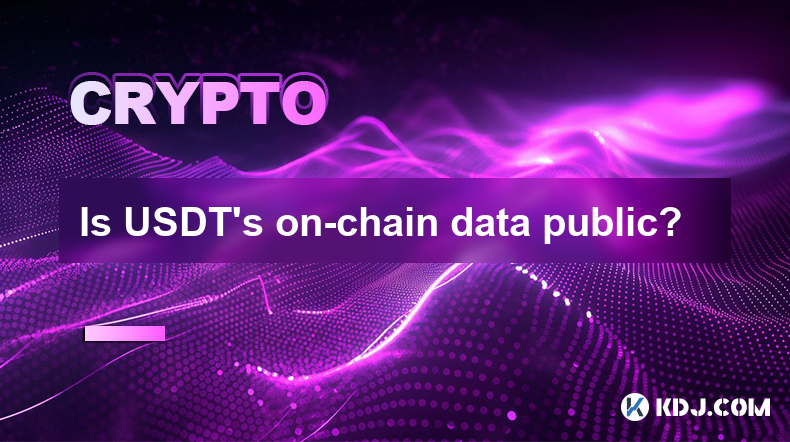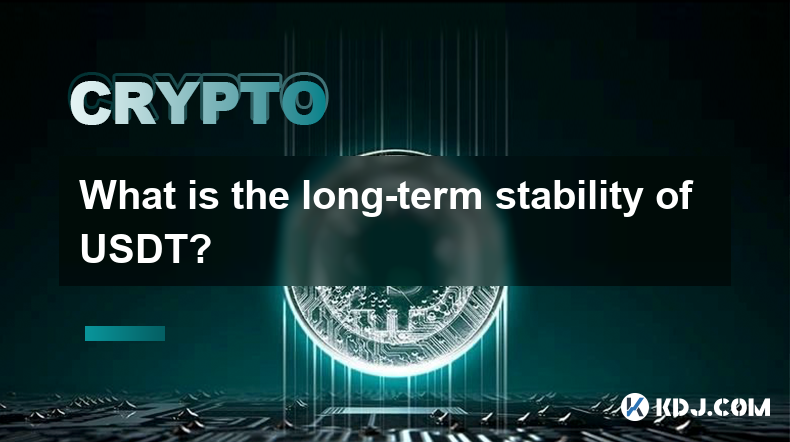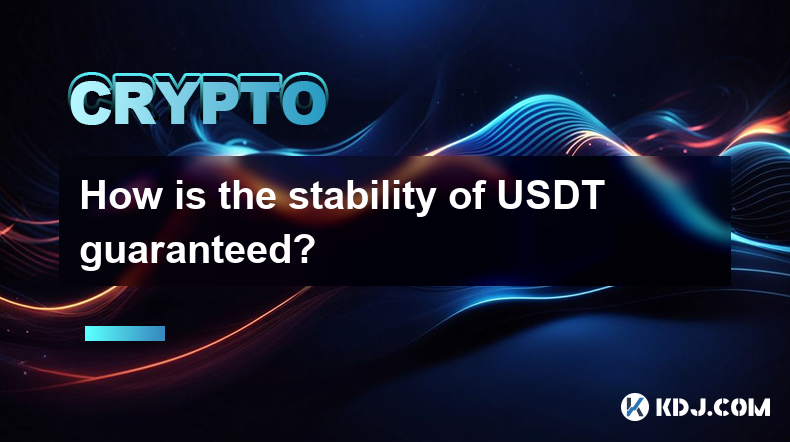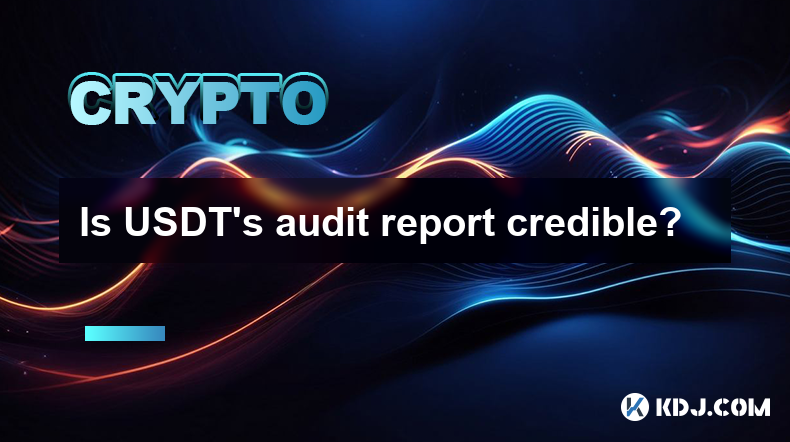-
 Bitcoin
Bitcoin $83,645.2925
2.13% -
 Ethereum
Ethereum $1,810.3926
2.44% -
 Tether USDt
Tether USDt $0.9997
-0.01% -
 XRP
XRP $2.1625
6.88% -
 BNB
BNB $597.0728
1.93% -
 Solana
Solana $120.3405
5.84% -
 USDC
USDC $1.0000
-0.01% -
 Dogecoin
Dogecoin $0.1697
5.76% -
 Cardano
Cardano $0.6612
4.89% -
 TRON
TRON $0.2366
-0.18% -
 Chainlink
Chainlink $12.9367
4.36% -
 UNUS SED LEO
UNUS SED LEO $8.9186
-4.81% -
 Toncoin
Toncoin $3.2881
-3.62% -
 Stellar
Stellar $0.2568
1.07% -
 Avalanche
Avalanche $18.2513
3.22% -
 Sui
Sui $2.2464
5.05% -
 Shiba Inu
Shiba Inu $0.0...01235
3.20% -
 Hedera
Hedera $0.1624
3.07% -
 Litecoin
Litecoin $83.6396
2.15% -
 Polkadot
Polkadot $3.9903
0.78% -
 Bitcoin Cash
Bitcoin Cash $303.0186
2.29% -
 MANTRA
MANTRA $6.2191
-0.79% -
 Bitget Token
Bitget Token $4.5070
0.81% -
 Dai
Dai $1.0001
0.01% -
 Ethena USDe
Ethena USDe $0.9991
-0.05% -
 Pi
Pi $0.7573
46.01% -
 Monero
Monero $217.7441
1.11% -
 Hyperliquid
Hyperliquid $11.9838
7.25% -
 Uniswap
Uniswap $5.9118
4.14% -
 OKB
OKB $51.3601
9.71%
Is USDT's on-chain data public?
USDT's on-chain data, accessible via blockchain explorers like Etherscan, offers insights into transaction volumes, wallet distribution, and fund flows, enhancing transparency.
Apr 05, 2025 at 08:49 am

The transparency of USDT's on-chain data is a topic of significant interest within the cryptocurrency community. Tether, the company behind USDT, claims that its operations are transparent and that the on-chain data is publicly accessible. However, understanding the nuances of this data and how to access it can be challenging. This article will delve into the specifics of USDT's on-chain data, exploring its public nature, how to access it, and what insights can be gleaned from it.
What is USDT and Why is On-Chain Data Important?
USDT, or Tether, is a stablecoin pegged to the US dollar, designed to provide stability in the volatile crypto market. On-chain data refers to the information recorded on the blockchain, which includes transaction details, wallet addresses, and other relevant data. This data is crucial for verifying the integrity and transparency of a cryptocurrency. For USDT, on-chain data helps users and analysts understand the flow of the stablecoin, its circulation, and its backing.
Is USDT's On-Chain Data Publicly Accessible?
Yes, USDT's on-chain data is publicly accessible. Since USDT operates on multiple blockchains, including Bitcoin (via Omni Layer), Ethereum (as an ERC-20 token), and Tron, the data can be accessed through various blockchain explorers. These explorers provide detailed transaction histories, wallet balances, and other pertinent information. Tether also publishes regular attestations and reports to further enhance transparency, although these are not the same as on-chain data.
How to Access USDT's On-Chain Data
Accessing USDT's on-chain data involves using blockchain explorers specific to the blockchain on which the USDT is issued. Here are the steps to access this data:
- For USDT on Ethereum: Use explorers like Etherscan. Simply enter the USDT contract address (0xdAC17F958D2ee523a2206206994597C13D831ec7) into the search bar to view all transactions, wallet balances, and other data.
- For USDT on Tron: Use Tronscan. Enter the USDT contract address (TR7NHqjeKQxGTCi8q8ZY4pL8otSzgjLj6t) to access similar data.
- For USDT on Bitcoin (Omni Layer): Use Omni Explorer. Enter the USDT property ID (31) to view the relevant data.
What Can You Learn from USDT's On-Chain Data?
USDT's on-chain data provides a wealth of information that can be used for various analyses. Here are some key insights you can gain:
- Transaction Volume and Frequency: By analyzing the number and frequency of transactions, you can gauge the level of activity and liquidity of USDT.
- Wallet Distribution: Understanding how USDT is distributed across different wallets can provide insights into its concentration and potential risks.
- Flow of Funds: Tracking the movement of USDT can reveal patterns in how it is used, such as for trading, remittances, or other purposes.
- Redemption and Issuance: On-chain data can show when USDT is being minted or redeemed, which can be correlated with Tether's reserve reports to verify the backing of the stablecoin.
Challenges in Interpreting USDT's On-Chain Data
While USDT's on-chain data is public, interpreting it can be challenging due to several factors:
- Complexity of Blockchain Data: Blockchain data can be complex and requires a certain level of technical understanding to interpret accurately.
- Multiple Blockchains: USDT operates on multiple blockchains, each with its own set of explorers and data formats, which can make comprehensive analysis more difficult.
- Privacy and Anonymity: Many transactions are conducted through intermediary wallets or exchanges, which can obscure the true nature of the transactions.
- Lack of Context: On-chain data alone may not provide the full context of why certain transactions occur, requiring additional off-chain data for a complete picture.
Tools and Resources for Analyzing USDT's On-Chain Data
Several tools and resources can aid in the analysis of USDT's on-chain data:
- Blockchain Explorers: As mentioned, Etherscan, Tronscan, and Omni Explorer are essential for accessing raw data.
- Data Analytics Platforms: Platforms like Glassnode and Nansen provide more advanced analytics and visualizations of blockchain data.
- APIs: Many blockchain explorers offer APIs that allow for automated data retrieval and analysis.
- Community and Forums: Engaging with the crypto community on platforms like Reddit or Crypto Twitter can provide additional insights and interpretations of the data.
Case Studies: Real-World Applications of USDT's On-Chain Data
To illustrate the practical applications of USDT's on-chain data, let's look at a few case studies:
- Market Manipulation Detection: Researchers have used USDT's on-chain data to investigate allegations of market manipulation. By analyzing large transactions and their timing, they can identify patterns that may suggest manipulation.
- Liquidity Analysis: Traders and analysts use USDT's on-chain data to assess liquidity in different markets. High transaction volumes and frequent movements can indicate robust liquidity.
- Regulatory Compliance: Financial institutions and regulators may use USDT's on-chain data to ensure compliance with anti-money laundering (AML) and know-your-customer (KYC) regulations.
The Role of Tether's Transparency Reports
While on-chain data provides a detailed view of USDT's transactions, Tether's transparency reports play a complementary role. These reports, which are published periodically, provide information on Tether's reserves and the backing of USDT. While not on-chain data, these reports are crucial for understanding the overall health and integrity of the stablecoin. They can be used in conjunction with on-chain data to provide a more comprehensive picture of USDT's operations.
Future Developments and the Evolution of On-Chain Data
The landscape of on-chain data and its analysis is continually evolving. Future developments may include:
- Improved Data Accessibility: As blockchain technology advances, tools for accessing and analyzing on-chain data may become more user-friendly and comprehensive.
- Enhanced Privacy Features: New privacy technologies could affect the transparency of on-chain data, potentially making it more challenging to analyze.
- Regulatory Changes: As governments and regulatory bodies become more involved in the crypto space, the requirements for transparency and data reporting may change, impacting how USDT's on-chain data is used and interpreted.
Common Questions About USDT's On-Chain Data
Q: Is USDT's on-chain data really public?
A: Yes, USDT's on-chain data is public and can be accessed through various blockchain explorers depending on the blockchain on which the USDT is issued.
Q: How can I access USDT's on-chain data on Ethereum?
A: To access USDT's on-chain data on Ethereum, use Etherscan and enter the USDT contract address (0xdAC17F958D2ee523a2206206994597C13D831ec7) into the search bar.
Q: What insights can I gain from USDT's on-chain data?
A: You can gain insights into transaction volume, wallet distribution, the flow of funds, and the issuance and redemption of USDT, which can help in understanding its liquidity and usage patterns.
Q: Are there any challenges in interpreting USDT's on-chain data?
A: Yes, challenges include the complexity of blockchain data, the use of multiple blockchains, privacy and anonymity issues, and the lack of context for certain transactions.
Q: What tools can I use to analyze USDT's on-chain data?
A: Tools like blockchain explorers (Etherscan, Tronscan, Omni Explorer), data analytics platforms (Glassnode, Nansen), and APIs can be used to analyze USDT's on-chain data.
Q: How do Tether's transparency reports relate to on-chain data?
A: Tether's transparency reports provide information on the company's reserves and the backing of USDT, which complements the on-chain data by offering a broader view of the stablecoin's integrity.
Q: What future developments might affect USDT's on-chain data?
A: Future developments could include improved data accessibility, enhanced privacy features, and regulatory changes that impact how on-chain data is used and interpreted.
Disclaimer:info@kdj.com
The information provided is not trading advice. kdj.com does not assume any responsibility for any investments made based on the information provided in this article. Cryptocurrencies are highly volatile and it is highly recommended that you invest with caution after thorough research!
If you believe that the content used on this website infringes your copyright, please contact us immediately (info@kdj.com) and we will delete it promptly.
- We Become One: The Power Of The Shared Musical Experience
- 2025-04-05 19:20:12
- VanEck Has Filed to Launch the First BNB (Binance Coin) ETF in the US
- 2025-04-05 19:20:12
- The Best Crypto to Buy in April 2024: Qubetics, Theta, Render, and Hedera
- 2025-04-05 19:15:12
- Dogecoin (DOGE) and Pepe (PEPE) Have Long Been Fan Favorites
- 2025-04-05 19:15:12
- Russia Is Moving Closer to Selling Bitcoin Confiscated During Criminal Investigations as Officials Work to Create a Legal Structure for Handling Such Digital Assets
- 2025-04-05 19:10:12
- Solana (SOL) ETF Futures Products Struggle to Attract Investors, Bitcoin (BTC) Dominates the Market
- 2025-04-05 19:10:12
Related knowledge

What is the long-term stability of USDT?
Apr 04,2025 at 10:28pm
The long-term stability of USDT, also known as Tether, is a topic of significant interest within the cryptocurrency community. USDT is a type of stablecoin, designed to maintain a stable value by being pegged to a reserve asset, typically the US dollar. The stability of USDT is crucial for its widespread use in trading, as a hedge against volatility, an...

Is USDT's on-chain data public?
Apr 05,2025 at 08:49am
The transparency of USDT's on-chain data is a topic of significant interest within the cryptocurrency community. Tether, the company behind USDT, claims that its operations are transparent and that the on-chain data is publicly accessible. However, understanding the nuances of this data and how to access it can be challenging. This article will delve in...

How is the stability of USDT guaranteed?
Apr 03,2025 at 06:00am
The stability of USDT, also known as Tether, is a critical aspect that underpins its role as a stablecoin in the cryptocurrency market. USDT is designed to maintain a 1:1 peg with the US dollar, which is achieved through a combination of mechanisms and practices. Understanding these elements is essential for anyone interested in the stability and reliab...

How is USDT compliant?
Apr 05,2025 at 11:28am
USDT, also known as Tether, is a stablecoin that aims to maintain a stable value by being pegged to the US dollar. Ensuring compliance is crucial for Tether to maintain its reputation and operational integrity within the cryptocurrency ecosystem. Compliance in the context of USDT involves adhering to various regulatory standards, including anti-money la...

Is USDT's audit report credible?
Apr 02,2025 at 03:00pm
The credibility of USDT's audit report is a topic of significant interest and debate within the cryptocurrency community. USDT, or Tether, is a stablecoin that claims to be backed 1:1 by traditional fiat currencies, primarily the US dollar. The company behind USDT, Tether Limited, periodically releases audit reports to assure users of its solvency and t...

Is USDT's reserve transparent?
Apr 03,2025 at 01:50pm
USDT, also known as Tether, is a widely used stablecoin in the cryptocurrency market, designed to maintain a 1:1 peg with the US dollar. One of the most frequently asked questions about USDT is the transparency of its reserves. This article aims to delve into the details of USDT's reserve transparency, exploring the measures Tether Limited has taken to ...

What is the long-term stability of USDT?
Apr 04,2025 at 10:28pm
The long-term stability of USDT, also known as Tether, is a topic of significant interest within the cryptocurrency community. USDT is a type of stablecoin, designed to maintain a stable value by being pegged to a reserve asset, typically the US dollar. The stability of USDT is crucial for its widespread use in trading, as a hedge against volatility, an...

Is USDT's on-chain data public?
Apr 05,2025 at 08:49am
The transparency of USDT's on-chain data is a topic of significant interest within the cryptocurrency community. Tether, the company behind USDT, claims that its operations are transparent and that the on-chain data is publicly accessible. However, understanding the nuances of this data and how to access it can be challenging. This article will delve in...

How is the stability of USDT guaranteed?
Apr 03,2025 at 06:00am
The stability of USDT, also known as Tether, is a critical aspect that underpins its role as a stablecoin in the cryptocurrency market. USDT is designed to maintain a 1:1 peg with the US dollar, which is achieved through a combination of mechanisms and practices. Understanding these elements is essential for anyone interested in the stability and reliab...

How is USDT compliant?
Apr 05,2025 at 11:28am
USDT, also known as Tether, is a stablecoin that aims to maintain a stable value by being pegged to the US dollar. Ensuring compliance is crucial for Tether to maintain its reputation and operational integrity within the cryptocurrency ecosystem. Compliance in the context of USDT involves adhering to various regulatory standards, including anti-money la...

Is USDT's audit report credible?
Apr 02,2025 at 03:00pm
The credibility of USDT's audit report is a topic of significant interest and debate within the cryptocurrency community. USDT, or Tether, is a stablecoin that claims to be backed 1:1 by traditional fiat currencies, primarily the US dollar. The company behind USDT, Tether Limited, periodically releases audit reports to assure users of its solvency and t...

Is USDT's reserve transparent?
Apr 03,2025 at 01:50pm
USDT, also known as Tether, is a widely used stablecoin in the cryptocurrency market, designed to maintain a 1:1 peg with the US dollar. One of the most frequently asked questions about USDT is the transparency of its reserves. This article aims to delve into the details of USDT's reserve transparency, exploring the measures Tether Limited has taken to ...
See all articles



















































































